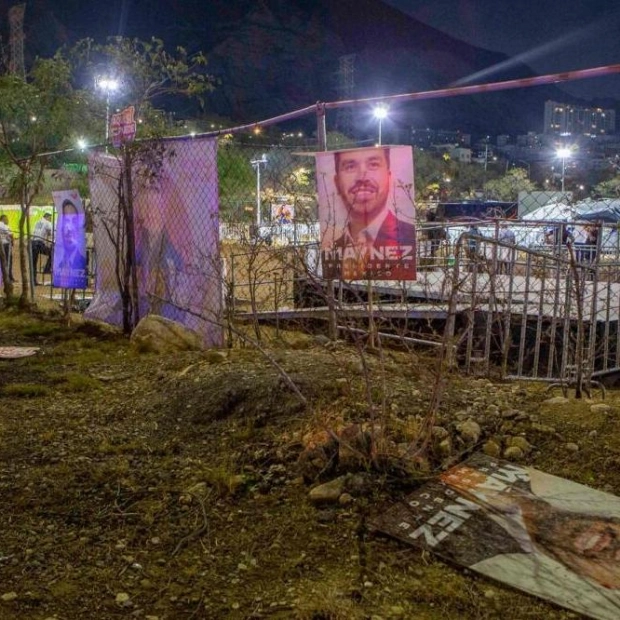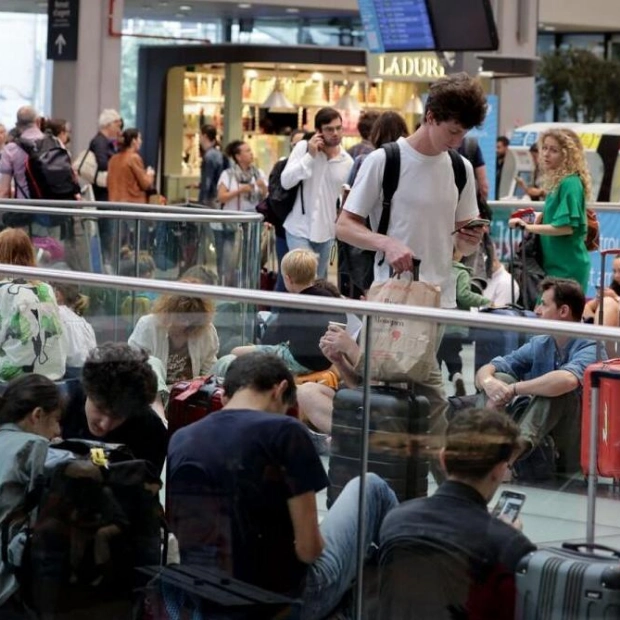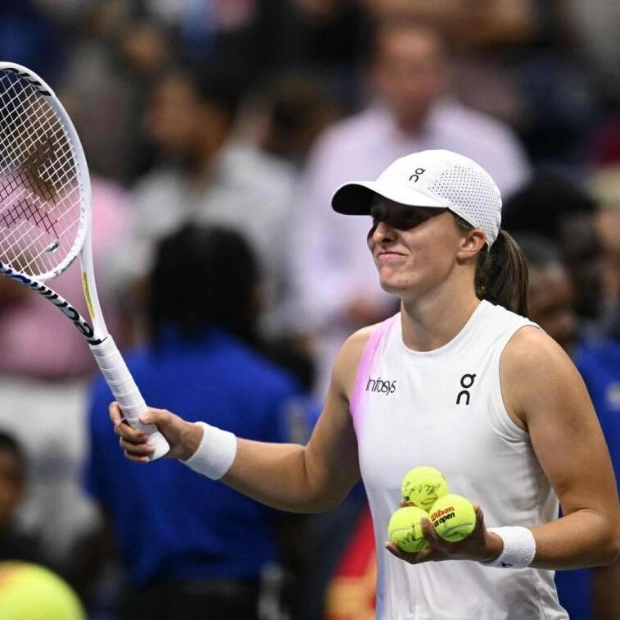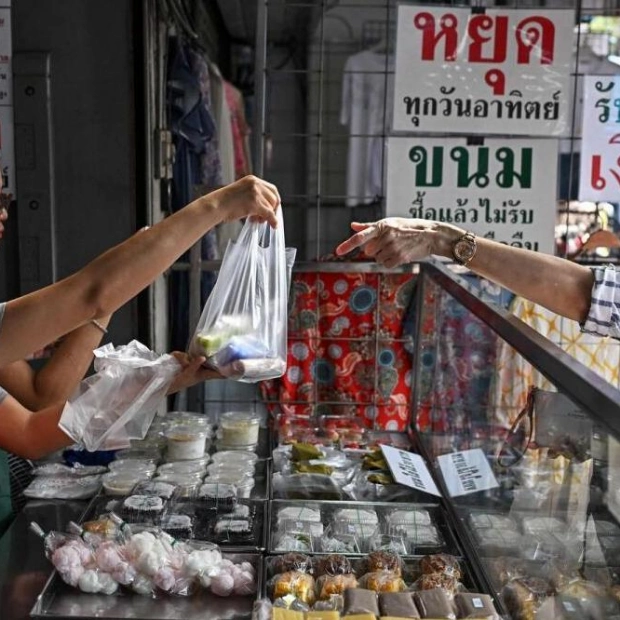Millions of Italians, renowned for their deep passion for football, are facing a dilemma between supporting their cherished Azzurri at Euro 2024 and watching Wimbledon to cheer on Jannik Sinner, Italy's inaugural top seed in the tournament's history. Sinner, who recently overtook Novak Djokovic to become the world number one, demonstrated his readiness by claiming his maiden grasscourt title in Halle, Germany, last weekend. Despite the 22-year-old redhead's prominence, he represents just the beginning of a significant Italian tennis revival, marked by a thriving grassroots movement and presence of seven Italian men in the world's top 60. This depth is only rivaled by the United States, with an equal number of top-60 players, while France and Russia have five each, and Argentina has four. Notably, Italian players are on average younger, promising a future talent pool. Out of the nine Italian men in the top 100, six are aged between 20 and 23. This transformation is remarkable for a country that historically struggled to produce elite players. Prior to Sinner's victory at this year's Australian Open, no Italian man had won a Grand Slam since Adriano Panatta in 1976. In 2010, Italy had no men in the world's top 50 and only three in the top 100. Angelo Binaghi, president of the Italian tennis federation (FITP) since 2001, attributes the change to reforms over the past decade that decentralized the coaching system and provided enhanced financial, technical, and psychological support to young talents. The previous system, which sent promising under-16 players to national training centers, was replaced by a model where young stars develop with local coaches, supported by a network of regional training centers, with guidance from federation 'super-coaches'. 'Everything is progressing faster than we anticipated,' Binaghi remarked. 'Countries like France, traditionally more advanced, have visited us to learn our methods.' Michelangelo dell'Edera, Italy's Davis Cup team manager, highlighted the success of the new decentralized approach, which has united coaches, the federation, private clubs, families, and players. The restructuring of the coaching system has coincided with a surge in grassroots participation, spurred by high-profile successes like Sinner's Australian Open win, Italy's 2023 Davis Cup triumph, and Matteo Berrettini's historic Wimbledon final appearance in 2021. The number of registered club players has soared from about 129,000 in 2001 to 820,000 last year, making tennis the second most popular sport in Italy after soccer. 'We took over Italian tennis when it was nearly bankrupt; today, we can claim to be among the world's best,' Binaghi stated. The FITP aims to surpass 1 million registered players, which would increase funding for more facilities, coaching centers, and tournaments. Italy now hosts the most 'challenger' tournaments, providing young players with valuable experience. The federation uses wildcard entries to accelerate promising talents' experience. Federico Cina, a 17-year-old Sicilian benefiting from these initiatives, aims to win the junior Wimbledon title while Sinner competes for the senior title. Cina, coached by his father in Palermo, ranks fifth in the world junior rankings and has trained occasionally with top players. He appreciates the support from the FITP, which includes financial aid, tournament guidance, and a mental coach.
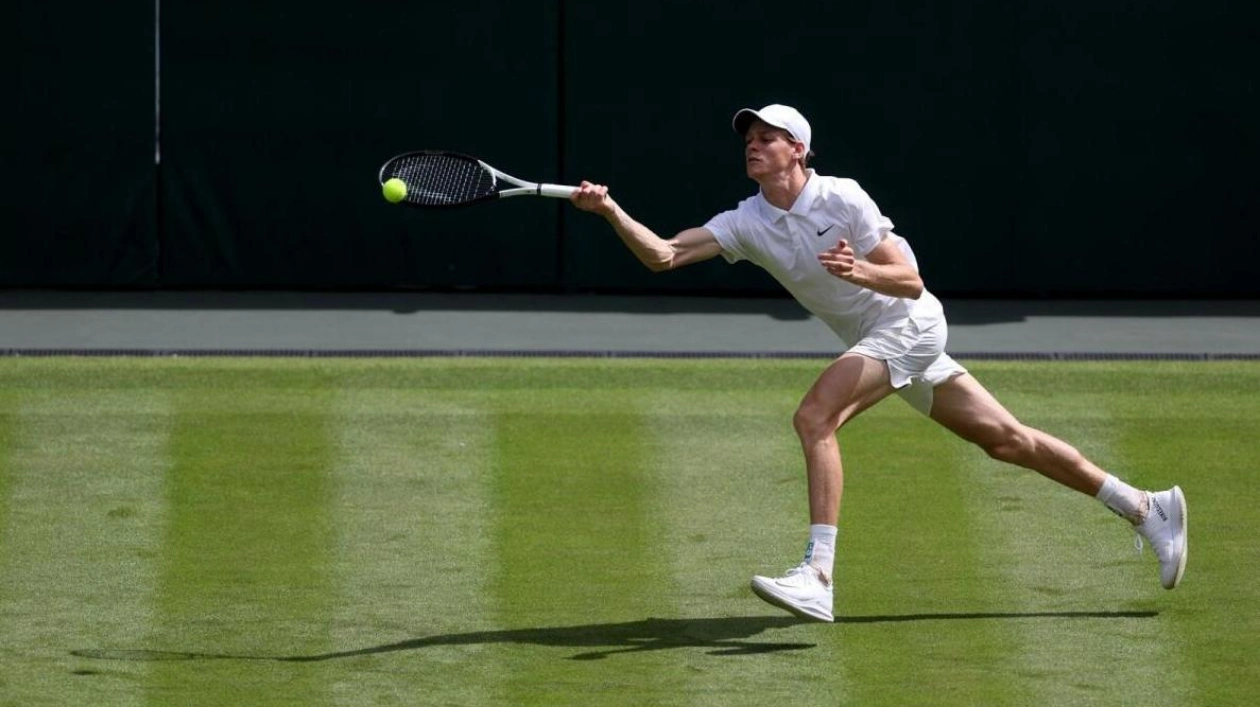
Text: Lara Palmer
27.06.2024
From Grassroots to Grand Slams: How Italy's Tennis Revival is Shaping the Future of the Sport
